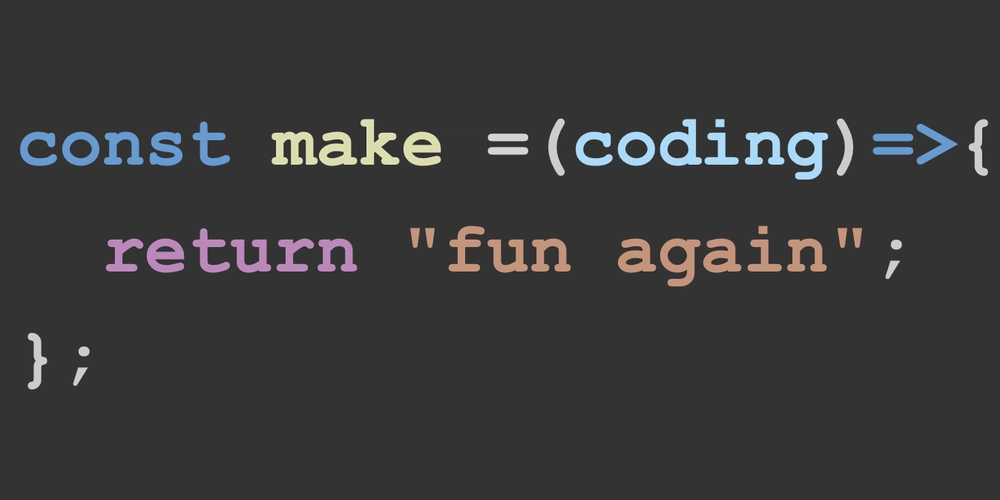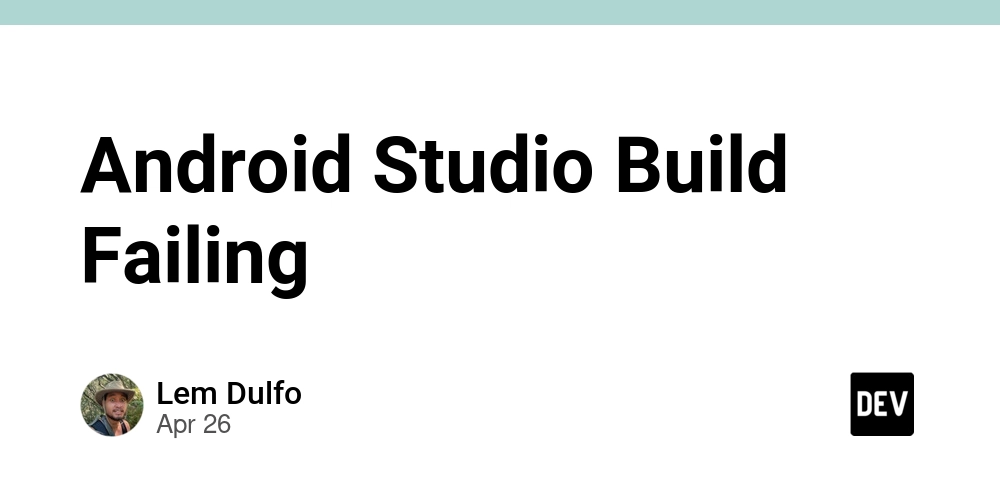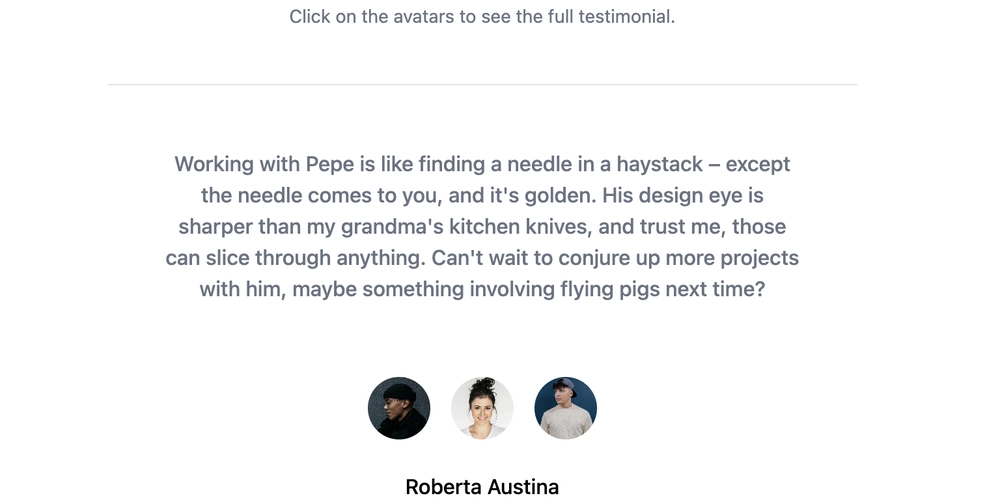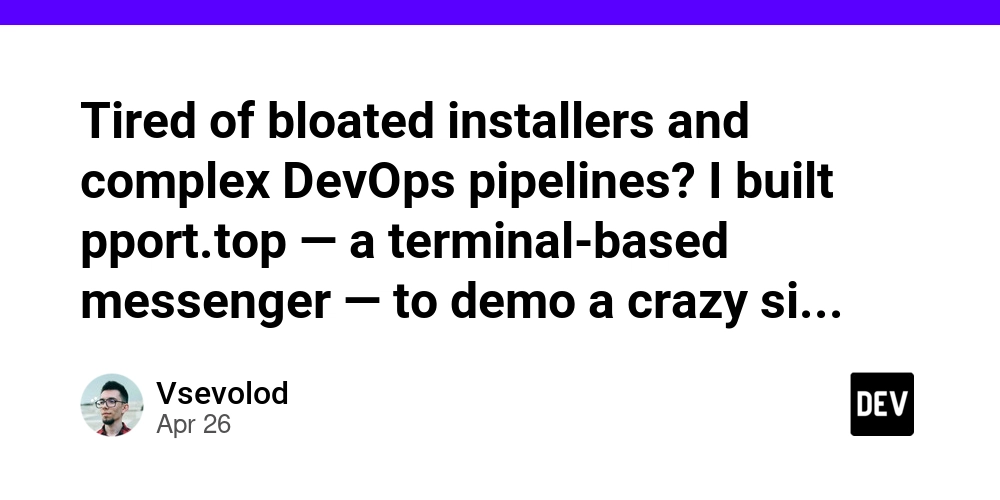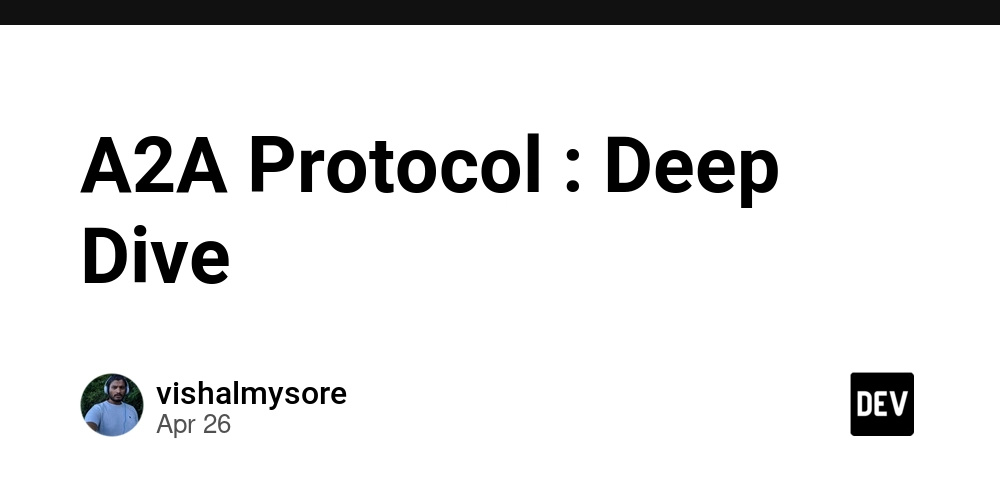
A2A Protocol Explained: How AI Agents Communicate and Collaborate
Google's A2A (Agent-to-Agent) protocol is revolutionizing how AI systems interact. Wondering how to make your AI smarter and more collaborative? This article breaks down the core concepts of the A2A protocol, revealing how it enables seamless communication between different AI agents, platforms, and technologies.
What is the A2A Protocol and Why Should You Care?
The A2A protocol acts as a universal translator for AI agents. It's a communication standard that allows diverse AI systems to:
- Exchange data effortlessly.
- Coordinate tasks effectively.
- Work together smoothly, regardless of their origin.
Imagine a world where AI systems built by different companies can instantly collaborate. That's the power of Agent-to-Agent communication.
A Simple Analogy: AI Agents Talking to Each Other
Think of the A2A protocol as a professional messaging system for AI. One agent sends a structured request, the other understands, and they exchange messages efficiently.
- Agent 1: "Hey, can you analyze this customer data?"
- Agent 2: "Sure, I'll get it done and send you the insights."
This streamlined communication is perfect for building collaborative AI systems and other cloud services.
Diving Deep: How the A2A Protocol's JSON-RPC Works
The A2A (Agent-to-Agent) Protocol uses JSON-RPC 2.0, a lightweight method for having one machine ask another to do something. Here's a simplified breakdown:
- Request: One agent sends a request to another.
- Response: The other agent replies with the result or informs about an error.
- JSON Format: All messages are in JSON, making them easy to read.
This approach makes sure that the different agents can communicate with each other without any issues, no matter what computer language they're using. It also ensures messages are clear, concise, and easily understood by all participating agents.
Key components of a JSON-RPC message for A2A:
- jsonrpc: Specifies the JSON-RPC version.
- method: The name of the function to call.
- params: The information needed for the function.
- id: A unique ID, which helps connect requests and responses.
JSON-RPC vs. REST API: Understanding the Difference
While both JSON-RPC and REST APIs facilitate communication, they differ significantly in their approach:
JSON-RPC:
- Focuses on executing methods.
- Uses a single endpoint.
- Is highly flexible in request and response structure.
REST API:
- Centers around resources.
- Uses multiple endpoints for different resources.
- Relies on HTTP methods (GET, POST, PUT, DELETE).
Choosing between them depends on project needs. A2A protocol's use of JSON-RPC emphasizes direct method invocation for efficient agent communication.
Benefits of Using the A2A Protocol
Here's why the A2A protocol is a game-changer:
- Improved Interoperability: Enables seamless communication between diverse AI systems.
- Simplified Collaboration: Makes it easier for agents to work together on complex tasks.
- Streamlined Development: Offers a standardized approach to agent communication.
- Enhanced Efficiency: Reduces communication overhead and improves overall system performance.



